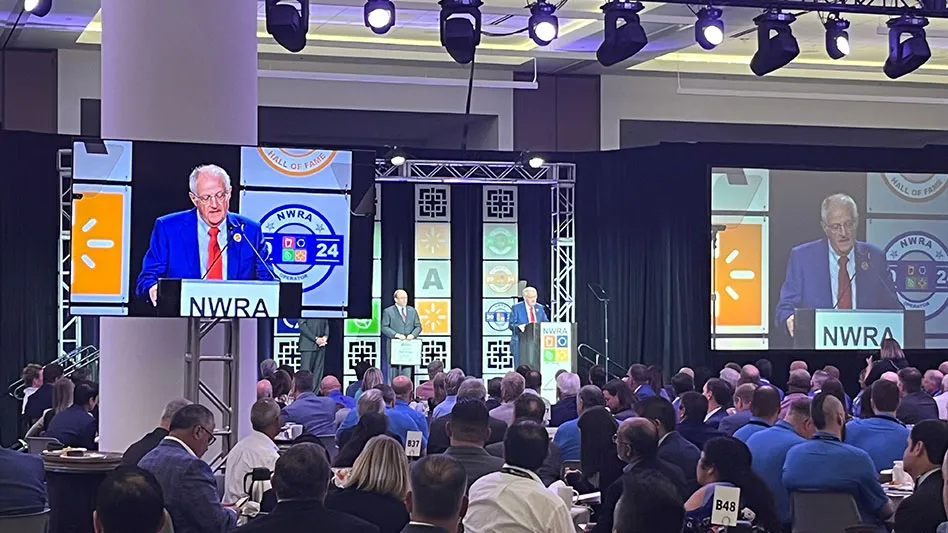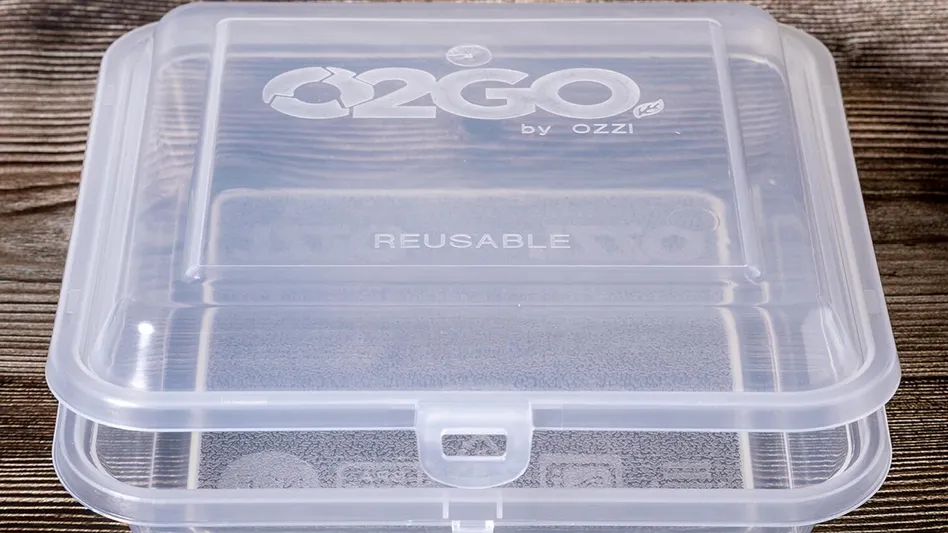
Peter Tögel | stock.adobe.com
The Environmental Protection Agency (EPA) has announced it has awarded $25,000 to Rice University to fund its research on treating per- and polyfluoroalkyl (PFAS) waste in landfills as part of the agency’s People, Prosperity and the Planet (P3) program.
Rice is among 21 Phase I recipients that will receive grants of up to $25,000 each to help them develop their proof-of-concept and will be eligible to compete for a Phase II grant of up to $100,000 to further implement their designs.
“EPA’s P3 program, now in its 20th year, is an exciting and unique program that recognizes the power of students to translate imagination and science into new solutions that protect human health and the environment,” says Chris Frey, assistant administrator for the EPA’s Office of Research and Development. “Congratulations to this year’s teams. Their innovative projects tackle critical environmental issues and include an eco-friendly coating to reduce contamination in marine environments, a device to remove microplastics from stormwater, an air monitoring and filtration technology to reduce student exposures to air pollutants, and more.”
The Rice University team is developing a chemical-free, ultraviolet unit that degrades PFAS in landfill leachate using boron nitride, a nontoxic chemical compound. By providing a non-toxic method to treat PFAS-containing wastewater emanating from landfills, the amount of PFAS and other organic pollutants will be reduced in the water supplies of nearby communities. Scientific studies have shown that exposure to some PFAS in the environment may be linked to harmful health effects in humans and animals.
RELATED: North Dakota State University awarded almost $25K to address PFAS | Feel the burn
Recently published research by a Rice University group headed by Michael Wong, a professor of chemistry, civil and environmental engineering, materials science, and nanoengineering, shows that commercially available boron nitride (BN) photocatalytically degrades perfluorooctanoic acid (PFOA) using ultraviolet-C (UVC) light and is 10 times more effective than the benchmark photocatalyst titanium dioxide on a per-photon basis. The UVC/BN system also was effective for the degradation of other PFAS, including short-chain perfluorinated carboxylic acids (PFCAs), and perfluooctanesulfonic acid (PFOS). The research group has extended its investigations to other BN-based materials, and its latest data indicate its best BN material shortens PFOA half-life to six minutes at room temperature. PFOA was undetectable after 40 minutes. Reducing PFAS contamination in landfill leachate directly affects the quality of water available to the underserved communities surrounding these landfills. In addition, this technology can be applied to landfill leachate and other PFAS-contaminated water streams across the planet, allowing many people to enjoy the prosperity of cleaner water.
The undergraduate team will design and construct a new, bench-scale UV/BN photocatalytic batch reactor. Using PFOA and PFOS as model PFAS in synthetic landfill leachate with variable humic acid content, pH and total organic carbon, the team will conduct tests to ascertain performance information and appropriate operational conditions. PFAS concentrations will be measured to confirm degradation.
The team also plans to study the impact of real landfill leachate on the UV/BN photocatalytic batch reactor’s performance. Undergraduate students, especially those from underrepresented minority groups and female students, will gain hands-on engineering experience with water treatment systems and environmental waters, while the mentoring students will gain leadership experience. Underserved communities near landfill sites will learn about the PFAS problem and current/novel treatment solutions.
Latest from Waste Today
- Delos and Silverfern Group complete sale of Pioneer Recycling Services
- Simplified Environmental Solutions adds 2 locations
- Glass Recycling Foundation awards $150K in grants
- Kent County, Michigan, opens new transfer station
- GFL reports revenue increase in first quarter
- Bioenergy Devco honored at SEAL Awards
- AMCS showcasing Performance Sustainability Suite at WasteExpo
- New Way and Hyzon unveil first hydrogen fuel cell refuse truck





